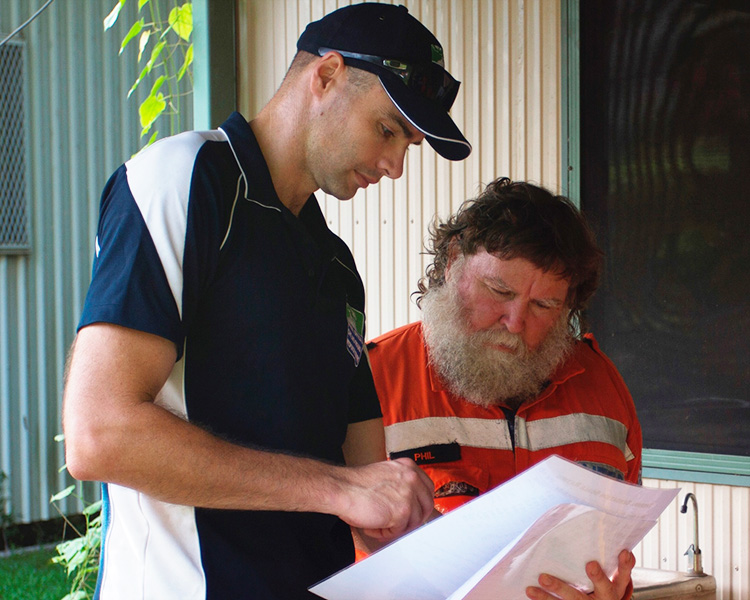
Australian thermal physiologist, Dr Matt Brearley has dedicated his career to studying heat stress and is one of the founding members of The Heat Stress Research Partnership.
Brearley also acts as a heat stress consultant for businesses and industrial workers operating in hot conditions. He has seen a wide range of heat stress management programs over the years.
“Some have been developed over many years through the input of large teams. Such systems tend to be more comprehensive and mature than those of smaller organisations, however their implementation may also be more complex.”
However he says most programs can be improved upon as heat stress research is evolving quickly, thanks largely to its increased prominence as a workplace issue sparking plenty of new studies over the last five to 10 years.
Heat Stress Audits
Brearley says solutions may only require a review of existing practices and documentation, or may require site visits and the collection of further evidence.
“Workplace heat stress audits and the evidence they produce are fundamental to mitigating the risk of workers suffering heat stress.
“Based upon physiological test results – of which core temperature is a key variable, heat stress questionnaires, environmental monitoring, interviews and anecdotal feedback, we recommend implementation of proven mitigation strategies.”
“Heat stress audits can be as brief as one day, but some of our more comprehensive audits across multiple sites may require weeks, depending upon client needs.”
Swallowing a thermometer
An essential test Brearley conducts as part of his heat stress audits is having workers swallow an ingestible thermometer – about the size of a pill – which measures temperatures in the gastrointestinal tract.
“The system measures and records data within the pill, transferring it to a small handheld logger which provides real-time data to workers during interactions,” Brearley says, adding that this is a critical part of training those workers to self-manage heat stress.
“We also give workers the context to compare their results with a variety of occupational, military and elite sport settings that we have collected core temperature data from since 2001. The database is huge and highlights the individual nature of responses to work in the heat.”
“The opportunity to discuss their individual responses to working in the heat is generally well accepted, even more so when combined with some data. Workers appear to respect this evidence and are very receptive to learning about strategies that can assist them on a daily basis in the heat.”
Ongoing research:
Through his work with Charles Darwin University and involvement in the Heat Stress Research Partnership, Brearley continues to conduct further heat stress research, such as the 2018 study at Glencore’s McArthur River Mine .
“We continue to research the most effective ways to both limit the development of, and remedy heat stress in hot occupational settings,” he says adding that some of these solutions will be tailored to resource-limited organisations and therefore require novel approaches.
More information about Matt Brearley and his heat stress research and workplace audits can be found on his website: Thermal Hyperformance.